UAV flight regulations#
The flying regulations in the European Union are established by EASA (European Union Aviation Safety Agency). The main goal of EASA is to establish uniform safety standards for civil aviation operations across all Member States. They achieve this by creating common rules that apply to all states. To standardize regulations for Unmanned Aircraft Systems (UAS), they have developed EU Regulations 2019/947 and 2019/945.
As a member state of EASA, Norway adheres to the same safety standards and regulations as the rest of the EU member states.
Data source
This is a compilation of the standarised rules published by European Union Aviation Safety Agency.

Watch the EASA introductory video to become a safe and responsible UAV pilot and comply with the European rules.
UAV operation categories#
OPEN: Low risk operation. No need of authorisation nor declaration.
SPECIFIC: Higher risk. Need to declare the Standard Scenarios (STS) or authorization.
CERTIFIED: High risk. Similar regulations to manned aviation.
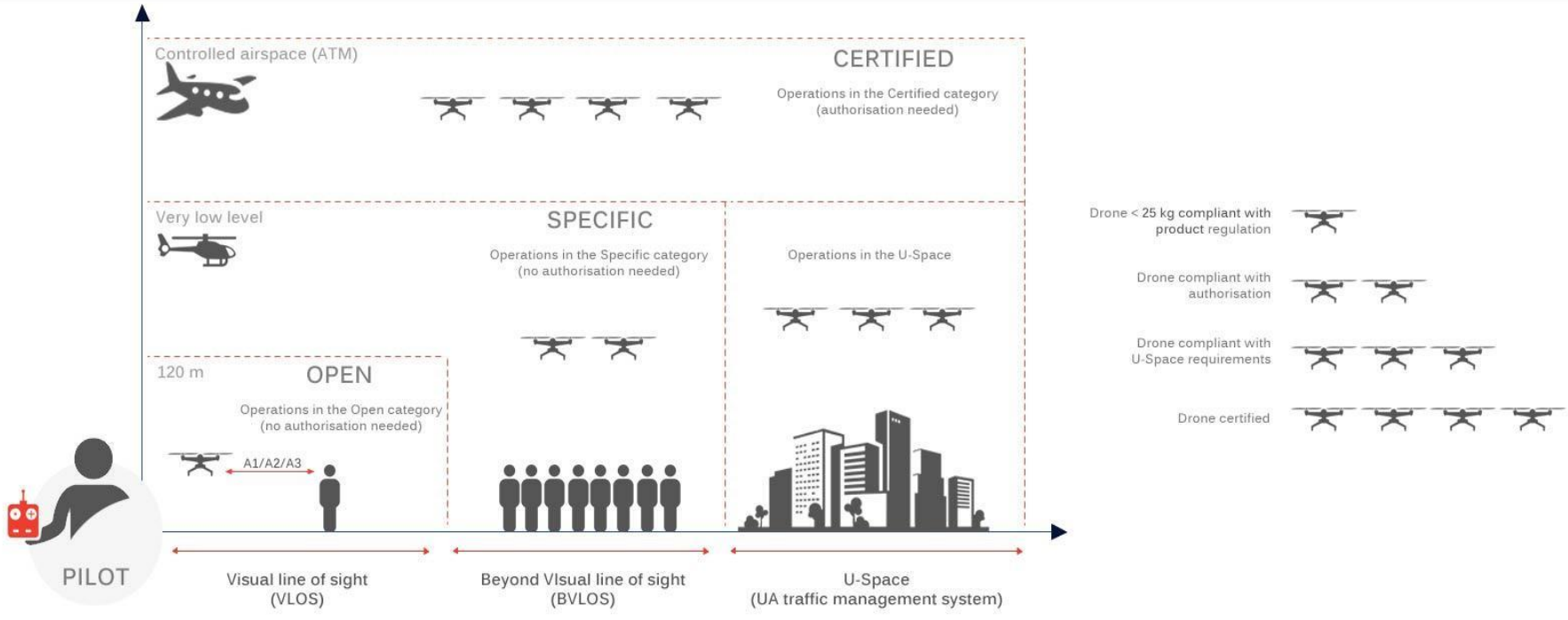
Fig. 4 A visual representation of the adopted three categories of UAV operations published by Howell et al. [2021].#
Open Category#
The open category has three subcategories: A1, A2 and A3.
In A1 you can fly small UAVs (CO and C1 categories), which can be used above and near individuals.
In A2 you can fly medium-sized UAVs (C2 category) with a defined distance from individuals and crowds.
The A3 category allows you to fly larger UAVs (C2, C3 and C4 categories), being always away from people, buildings and recreational areas.
For all three flight subcategories in the open category, there are specific general flight conditions that apply. These conditions are:
The remote pilot is required to maintain visual line of sight (VLOS) while flying, unless they are using follow me mode or an unmanned aircraft observer. In those cases, they may use first-person vision devices (FPV), also known as First-Person-View.
It is not permitted to fly a drone at a height exceeding 120 meters from the nearest point on the surface. However, if the flight area is specified by the authorities, the maximum allowable height may be lower than 120 meters.
If there is a conflict or encounter with a manned aircraft, the remote pilot must lower the flight height, make evasive maneuvers to avoid a possible collision, and land as quickly as possible.
It is prohibited to fly over areas where there are large groups of people, and it is necessary to keep a safe distance from individuals who are not involved in the operation.
Never record anyone without specific given conscent.
Do not fly at night.
If needed, an observer on an unmanned aircraft can assist the pilot. However, the observer must never extend the flight range of the UAS beyond the pilot’s visual range. The observer will stand next to the pilot and aid in:
A. Maintaining a safe distance from obstacles and alert the pilot if the distance is reduced.
B. Help the pilot stay aware of the surroundings and potential hazards.
In the open category, it is prohibited to transport dangerous goods with the UAS or to drop or project any material or object.
Responsibility
The remote pilot is always ultimately responsible for maintaining the safety of the UAS operation.
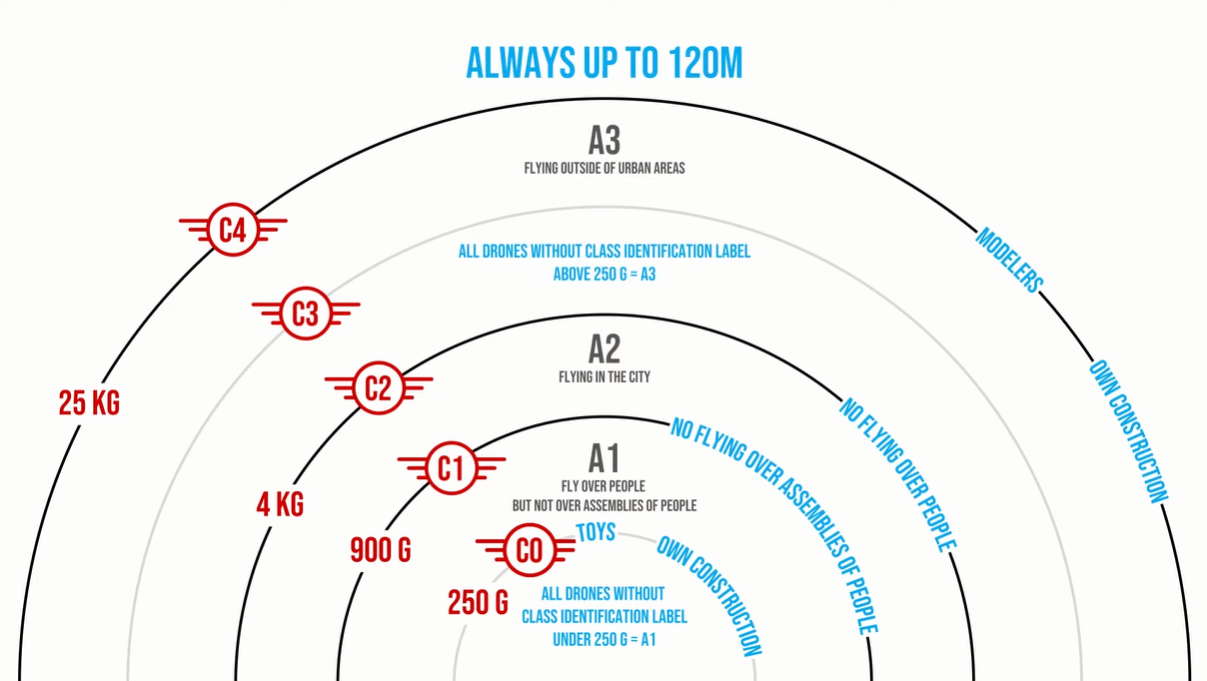
Fig. 5 EASA regulations for UAV opearation categories. Image source.#
Subcategory A1#
In addition to the general conditions described for the Open category, in subcategory A1 the following condition must be met:
Flight over non-participants is allowed without infringing the privacy and data protection of these people, except for operations with class C1 UAS with which it will not be possible to fly over non-participants.
Important
The flight ban on concentrations of people is maintained!
The operator registration is not mandatory for C0 category, unless the UAV has a camera.
Follow the instructions provided by the UAS manufacturer.
Be registered as a UAV operator.
Complete the A1/A3 online training course and pass the subsequent online exam to obtain the Proof of completion of the online training.
The UAV must have e-identification and geoawareness, plus it has to be equipped with lights.
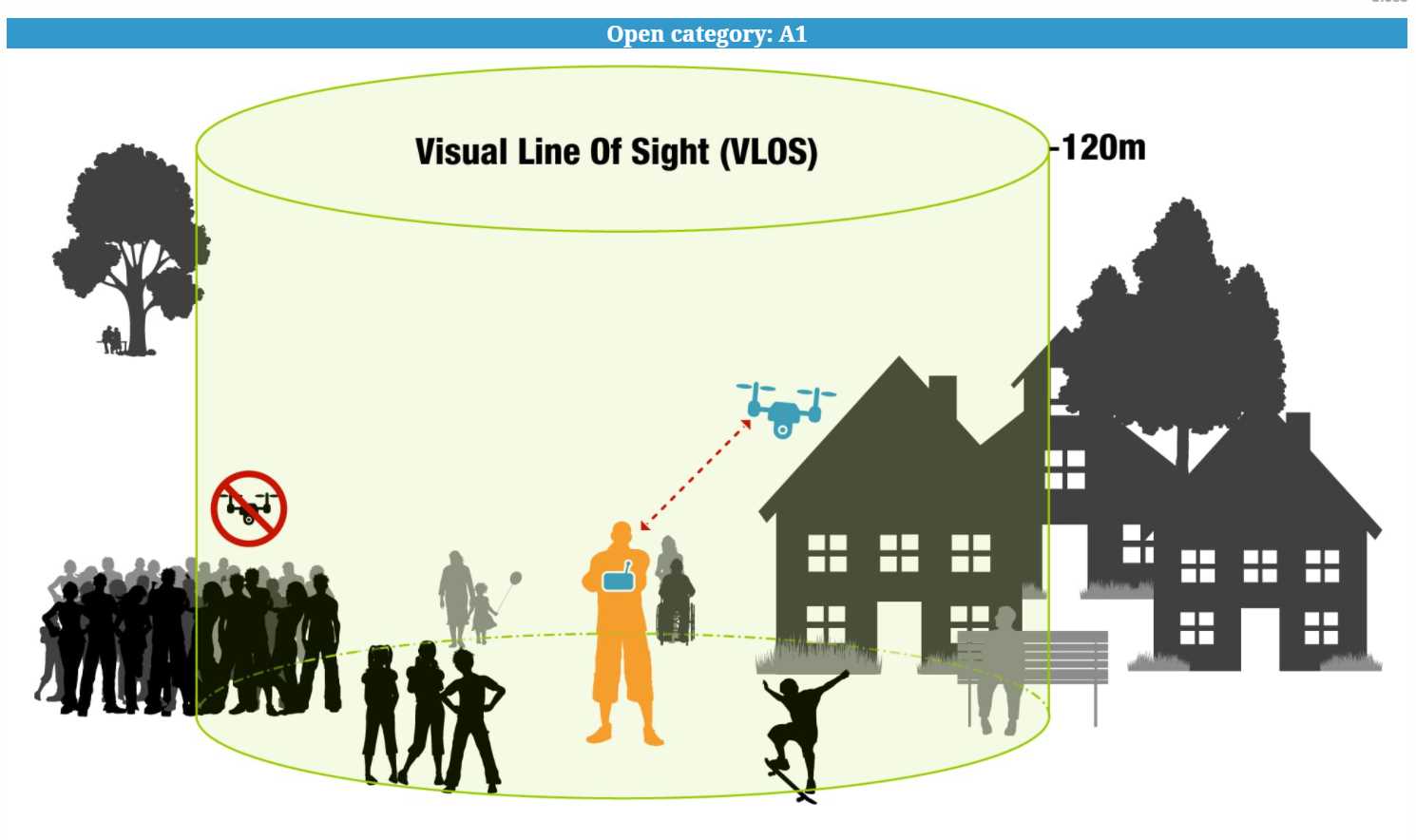
Fig. 8 Open category A1 flight regulations. Source: Direction de l’Aviation Civile Luxembourg.#
Subcategory A2#
In subcategory A2 the following condition must be met:
Flight is permitted at a safe horizontal distance of at least 30 m from non-participants, which may be reduced to a minimum of 5 m when the low speed mode function is activated, and the height will be reduced in the same proportion as the safe horizontal distance to non-participants is reduced (1:1 rule)
Important
The flight ban on concentrations of people is maintained!
Follow the instructions provided by the UAS manufacturer.
Be registered as a UAV operator.
Complete the A1/A3 online training course and pass the subsequent online exam to obtain the Proof of completion of the online training.
Conduct practical self-training in a secluded area, at least 150m away from residential, commercial, industrial, or recreational areas if operating under subcategory A3.
Pass an additional theoretical knowledge test to obtain the Remote Pilot Certificate of Competency for subcategory A2.
The UAV must have e-identification and geoawareness, plus it has to be equipped with lights.
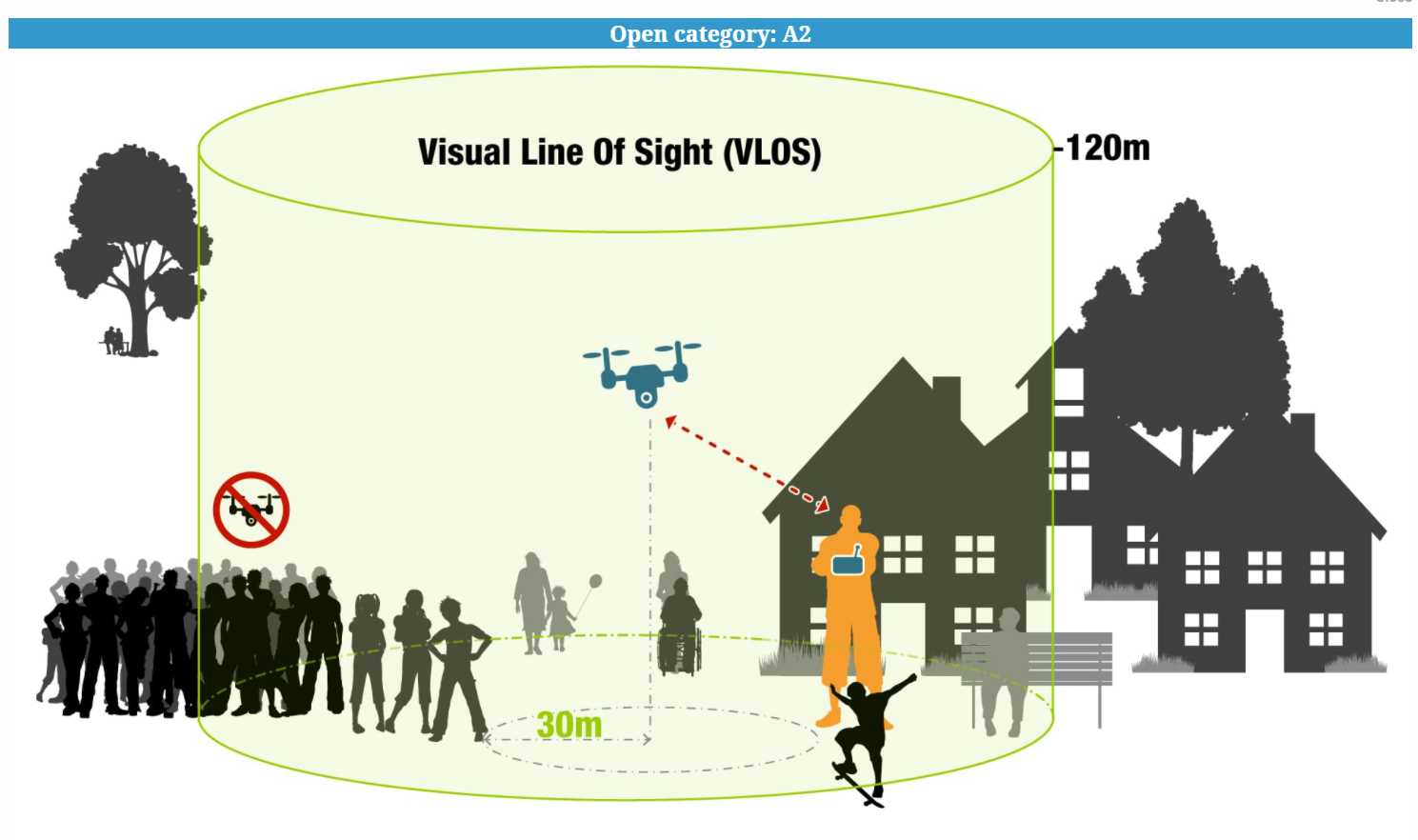
Fig. 10 Open category A2 flight regulations. Source: Direction de l’Aviation Civile Luxembourg.#
Subcategory A3#
In subcategory A3 the following conditions must be met:
Flying over or near people is forbidden. Fly in areas where it is anticipated that no non-participating person will be endangered for the entire duration of the flight.
Fly a minimum safe horizontal distance of 150 m from residential, commercial, industrial and recreational areas.
Follow the instructions provided by the UAS manufacturer.
Be registered as a UAV operator.
Complete the A1/A3 online training course and pass the subsequent online exam to obtain the Proof of completion of the online training.
The UAV must have e-identification and geoawareness, plus it has to be equipped with lights.
Be privately constructed and have a maximum take-off mass (MTOM) of less than 25 kg.
Not have a class identification tag and have been placed on the market before January 1, 2022.
Have a class C2 identification tag that meets all the requirements previously defined.
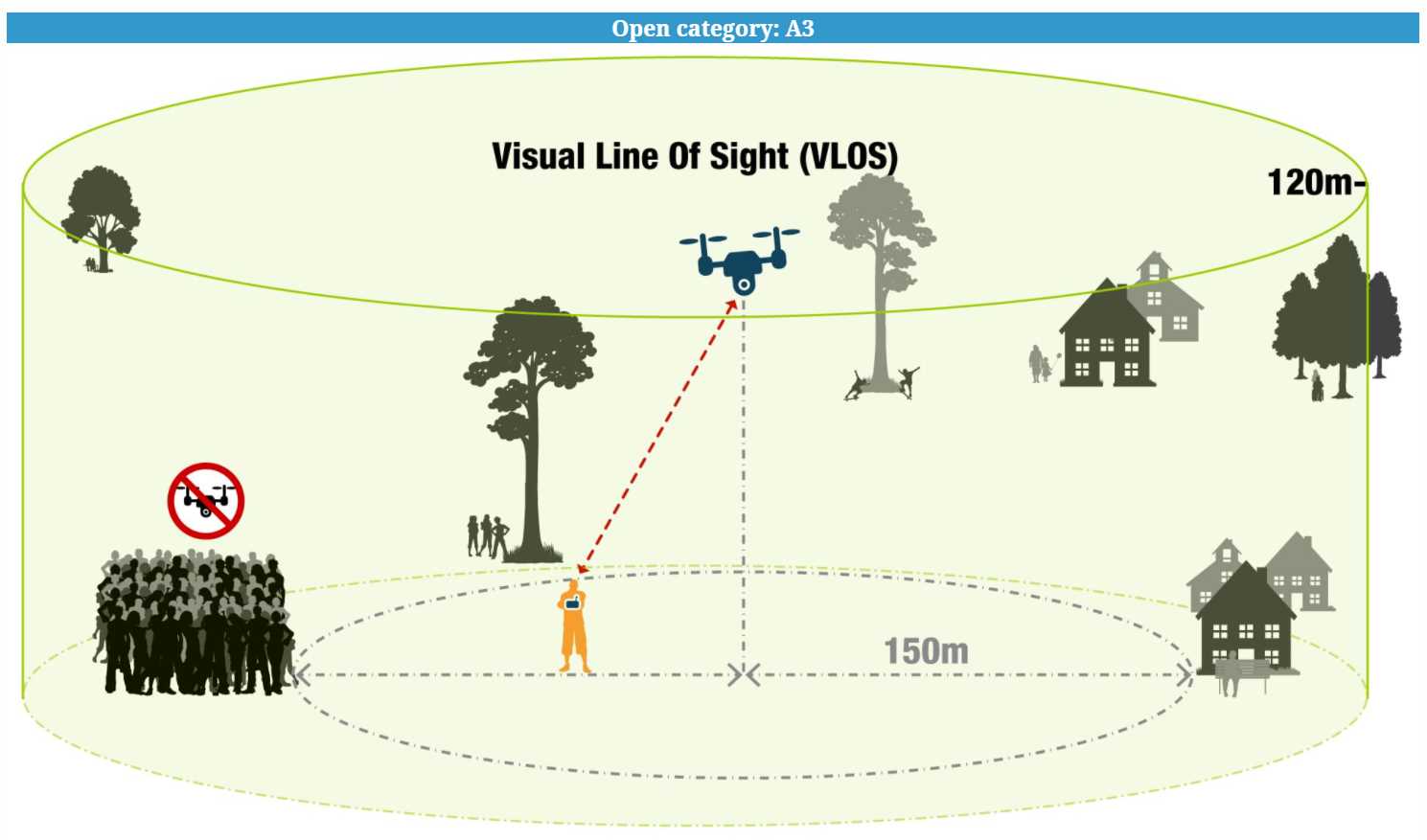
Fig. 13 Open category A3 flight regulations. Source: Direction de l’Aviation Civile Luxembourg.#
New 2023 regulations
Watch the following video to understand the new EASA UAV regulations implemented in 2023.
Specific category#
When the Open or Certified category requirements are not met, we would be within the Specific category. Within this category there are the following options:
An operational authorization will be requested from the authority of the Member State in which it is registered, including a risk assessment with mitigation measures. Authorization may refer to:
One or several operations.
The approval of an LUC (Light UAS Operator Certificate).
If the operation conforms to a standard scenario, a responsible statement will be submitted through the UAS operator profile on the AESA website.
Standard Scenarios (STS)#
Execution Regulation (EU) 2019/947 defines two standard scenarios in which certain requirements are indicated, some of which are not applicable today due to technical limitations.
European Standard Scenarios:
STS-01: VLOS over a controlled ground area in a populated environment.
STS-02: BVLOS operations with airspace observers over a controlled area on ground in a sparsely populated environment.
STS-01#
The European Standard Scenario STS-01 refers to flight of a C5 UAS within visual line of sight (VLOS) over a controlled ground area in a populated environment.
Keep your flight below 120 m and do not fly your unmanned aircraft more than 100 m away. Additionally, ensure that your entire flight takes place in a controlled area on ground where outsiders cannot access.
Controlled area on ground
The UAS should only be used in an area where the operator can ensure that only participating individuals are present. A non-participant is someone who is not involved in the UAS operation or unaware of the operator’s safety instructions. The operator must establish the boundary of the controlled area on land and monitor who enters. The controlled area includes the flight geography, contingency area, and a risk prevention zone on the ground.
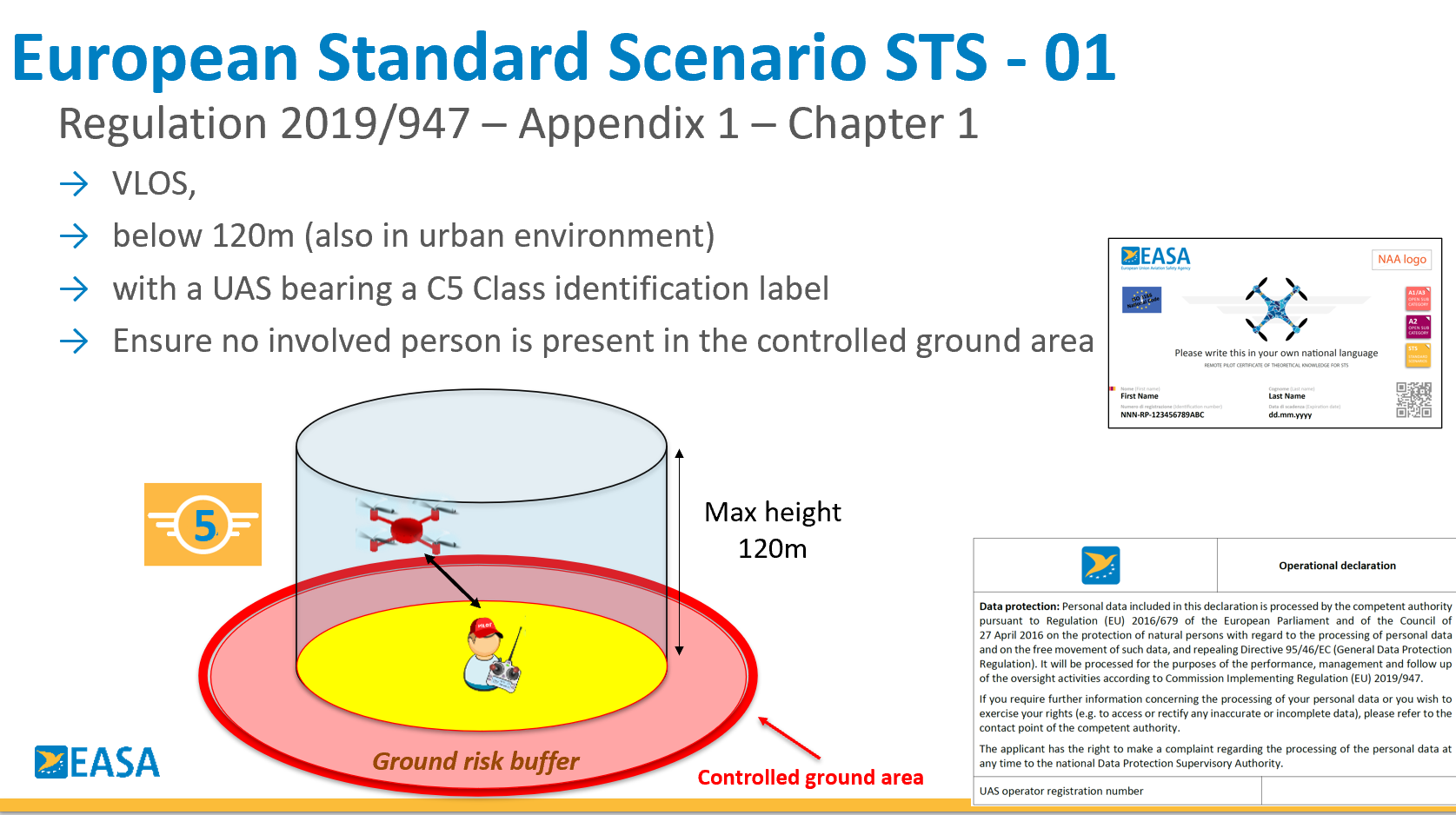
Operator Registration
STS-01 Declaration
Operator’s Manual
STS-01 Pilot license
Coordination with Air Traffic Service Porviders if necessary
EARO + FPL if necessary
The UAV cannot be a fixed-wing.
MTOM < 10 kg
Electric
Low speed mode (max speed 5 m/s)
UAS insurance
Means to reduce the effect of impact dynamics
STS-02#
The European Standard Scenario STS-02 refers to flight of a C6 UAS beyond visual line of sight (BVLOS) with airspace observers over a controlled area on ground in a sparsely populated environment.
It is imperative that you comply with safety regulations:
Keep your flight below 100 m and ensure that takeoff and landing are within your visual line of sight (VLOS).
All flights will take place in sparsely populated areas, and only authorized personnel will be present in a controlled land area.
Access to the area must be strictly regulated without exception.
It is essential that you maintain a minimum visibility of 5 kilometers and keep no more than 1 kilometer distance between the pilot and aircraft if not using observers.
These regulations are non-negotiable and must be followed at all times for the safety of all involved.
Flight zone
When utilizing observers, there are several guidelines to follow to ensure safe operation of the UAS:
The drone should not be flown more than 2 km away from the pilot.
It should be within 1 km of the nearest airspace observer.
The distance between the remote pilot and any observer should not exceed 1 km.
Reliable communication between the remote pilot and observers must be established.
Observers should be strategically positioned to adequately cover the operational volume.
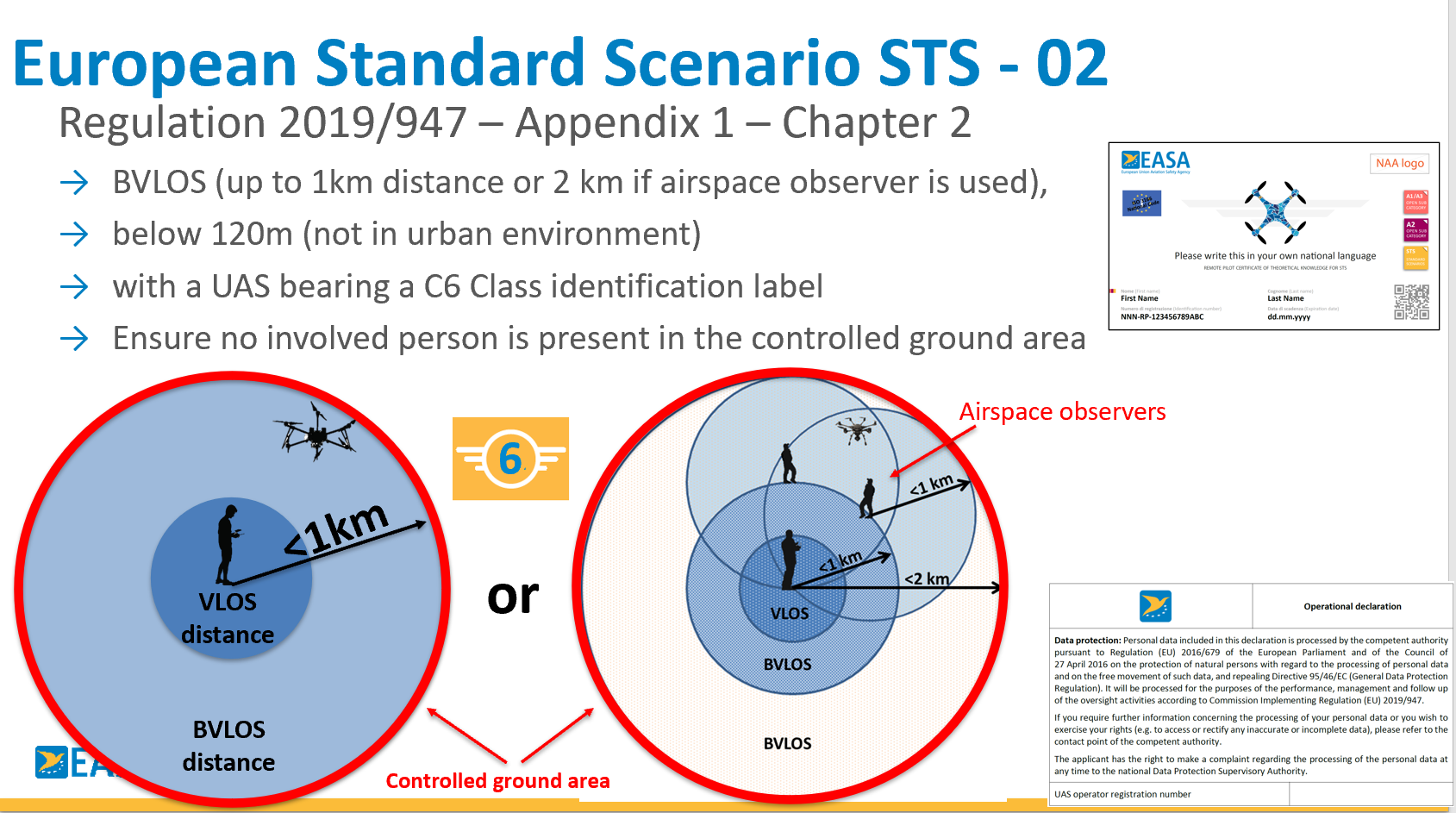
Operator Registration
STS-02 Declaration
Operator’s Manual
STS-02 Pilot license
Coordination with Air Traffic Service Porviders if necessary
EARO + FPL if necessary
MTOM < 25 kg
Max dimension < 3 m
Max speed < 50 m/s
Max cruise speed < 33 m/s
Independent emergency shutdown system
Means for programming the trajectory of the aircraft
UAS insurance
Certified Category#
To operate in the Certified category, certain requirements must be met as defined in the Execution Regulation (EU) 2019/947. These include:
Not flying UAS with a dimension greater than 3 m over concentrations of people.
Transporting people.
Transporting dangerous goods with high risk for third parties in the event of an accident.
Additionally, if the necessary safety study shows that the risks of the operation cannot be mitigated without certification of the UAS, operator, and pilot licenses, it will also fall under the certified category.
